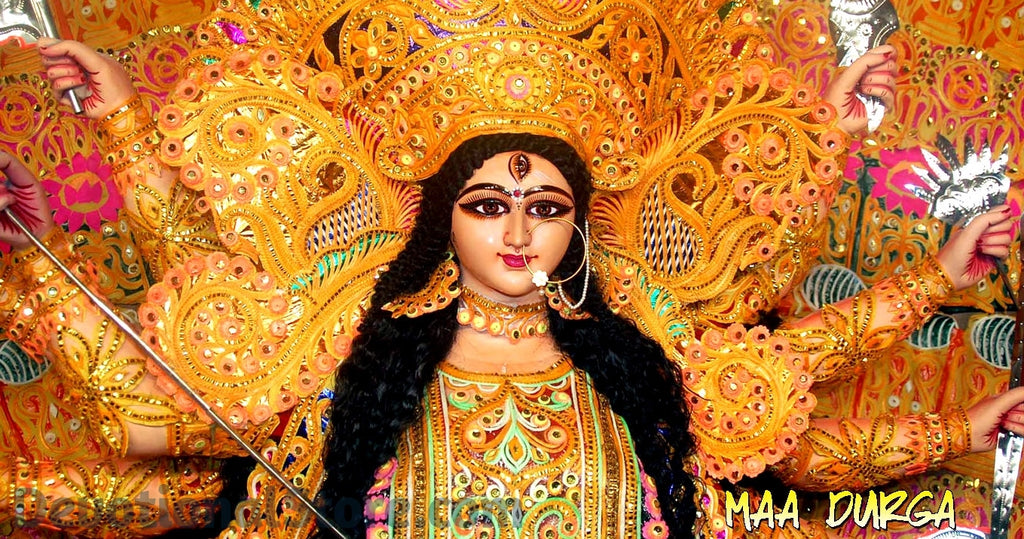
India is a land of festivals. There are hundreds of festivals celebrated in extravaganza throughout the year. Some festivals are local festivals, while others are celebrated throughout the country. One of the most important festivals is Durga Puja, which is celebrated throughout India at the same time in different names.
Durga Ma
The term Durga means ‘The Invincible’ and also the term has another meaning ‘not easily approachable’. Durga is considered as the embodiment of pure energy of Gods. She herself is the supreme power ‘Adhiparasakthi’, each and every part of her body is made from the energies of different male Gods. She as a whole is the combination of all furious powers of all male Gods.
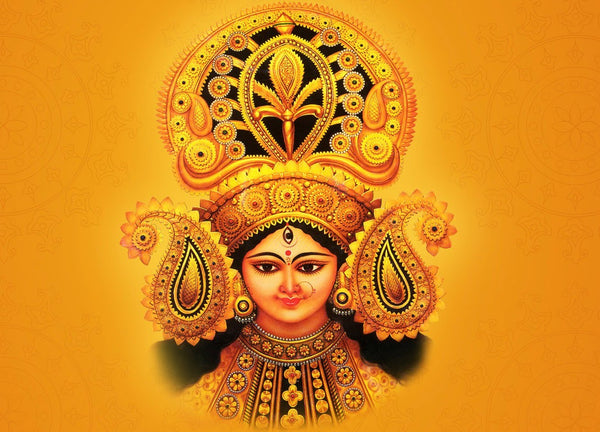
Durga is the epitome of power combined by Trimurti; Durga took avatar for annihilating evil and to free the universe from the clutches of dark power and violence. There are several interesting stories intertwined with Durga avatar.
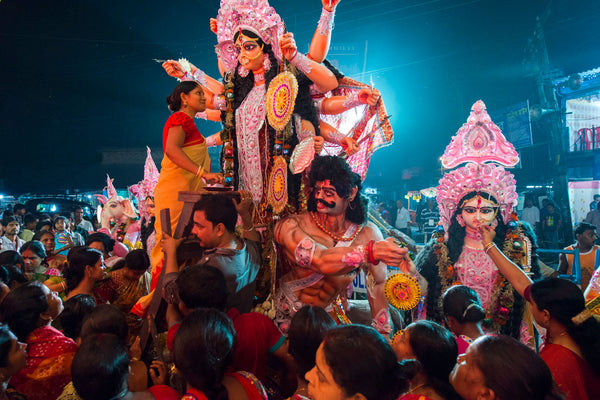
Durga Puja
Durga Puja is the worship of Durga in her various forms. Durga Puja is known by different names and Durga pooja is celebrated in different ways - Navaratri, Durga Ashtami, Maha Navami, Saraswati Puja, Dussehra, Ramleela , Akalbodhan and Vijayadashami.
There are five Navaratri, of these Shardiya Navratri is the most important.
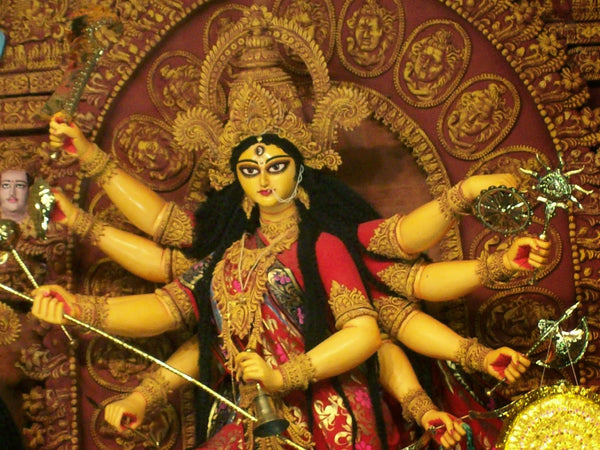
1. Vasanta Navaratri: March–April
2. Ashad Navratri :June–July
3. Sharad Navaratri: September–October
4. Pausha Navaratri: December–January.
5. Magha Navaratri: January–February
Durga Puja or Navratri is a worship of Goddess Durga in nine forms in nine nights. Durga festival is celebrated not only in India but also in neighboring countries.
Devi is worshiped in three different forms of Durga, next three days as Lakshmi and the last three days as Saraswathi. The 10th day is called Vijayadashami.
The best part of Navratri festival is that throughout India the same festival is celebrated at the same time in different ways.
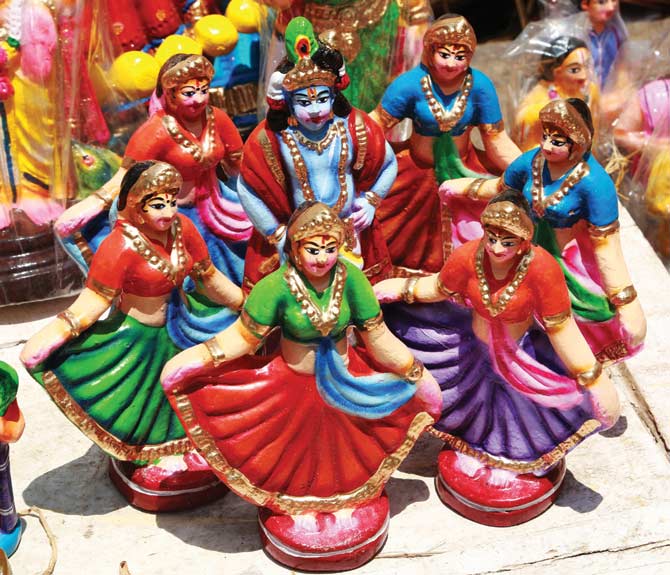
Bomma Kolu : In south India, it is celebrated differently, platforms or stairs are made of wooden plank or a metal stand is fixed and it is arranged with dolls and idols of Gods and different figurines. Special pujas are conducted for 9 days, and it is also a period of family and friends to gather in the evening for pujas and bhajans. Bomma Kolu celebration usually happens in Tamil Nadu, Andhra Pradesh, and Karnataka.

Durga puja is celebrated differently in North India.The main hub of Durga Puja is West Bengal where the Puja is observed with great fervor. Durga Ma is worshiped in different forms on each day and mantras are chanted. The full glory of Durga is on the eighth day called Mahashtami. In West Bengal, Durga Puja is vividly organized and Pandals are made which are elaborately decorated with flowers and they have special themes.
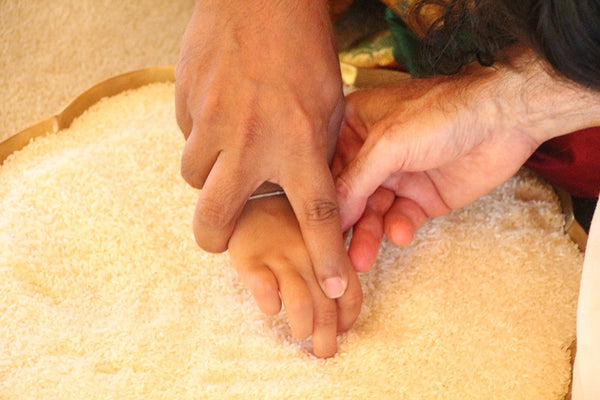
In Kerala, it is associated with Saraswathi puja. Saraswati Puja is the 9th day of Navratri . Kids are initiated to the world of letters on this day. This day is also celebrated as Ayudha Puja, Saraswathi Puja or Mahanavami day
The 10th day is celebrated as Vijayadashami. Books, musical instruments and equipment are kept for worship and on Vijayadashami evening they will be taken back from Pooja and used. Dusshera is celebrated on the 10th day as a day of triumph of good over evil.
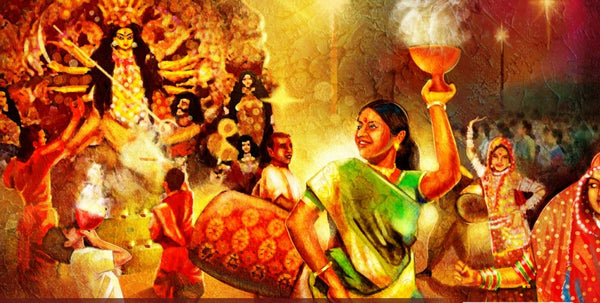
Myth Behind Navratri Celebration:
A demon,Mahishasura performed penance with great dedication and he obtained the boon to not get killed either by man or God. Shiva granted the boon, which made the Asura arrogant and he wanted to rule the heaven. He created problems and unleashed a reign of terror. He initiated a further attack on heaven which made the Gods assemble for finding a remedy to get rid of the nuisance of Mahishasura.
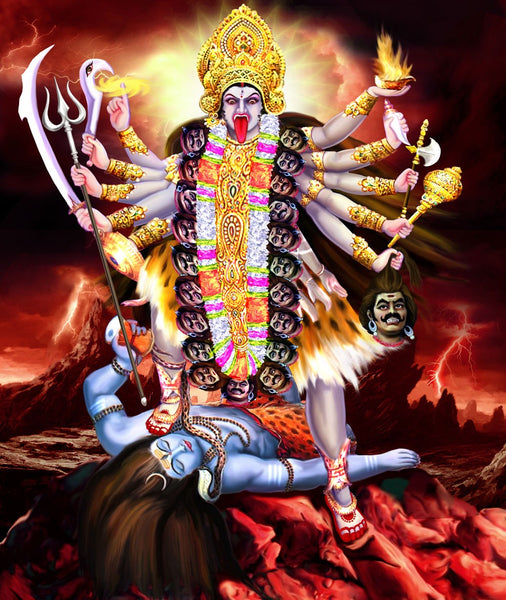
A solution was found by creating Durga and amalgamating the powers of all the Male Gods. She tried to kill Mahishasura but he kept hiding by disguising himself for 8 days and on 9th day Durga was able to find him and slayed his head. This is the myth behind the Navaratri. Navaratri symbolizes the victory of knowledge over ignorance.
There are nine forms of Durga.
1.) Śailaputrī is the daughter of the Himālayas represents strength, courage and composure
2.) Brahmachāriṇī is one who observes the state of celibacy doing penance recognition of your true nature.
3.) Chandraghaṇṭā is one who bears the moon in her necklace alertness
4.) Kūṣmāṇḍa the creator of the universe creativity
5.) SkandaMātā is The mother of Skanda, Kārttikeya, born out of her powers skills, innocence, courage and compassion
6.) Kātyāyanī is The daughter of sage Kātyāyana, who incarnated to help the Devashealthier relationships
7.) Kālarātrī is black as night, destroyer of Kālī dynamism through deep rest
8.) Mahāgaurī is the wife of Lord Shiva, doing great penance wisdom
9.) Siddhidātrī is the provider of Siddhis, giver of mystic powers perfection and enlightenment
Navaratri 2016 Starts From Oct 2 to oct 11 of 2016.
1 Response
Leave a comment
Comments will be approved before showing up.

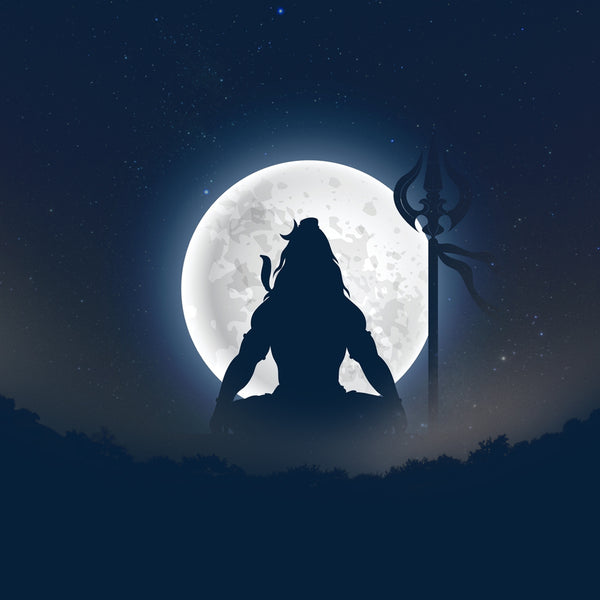


krishnagopal mondal
July 19, 2019
Durgapujo